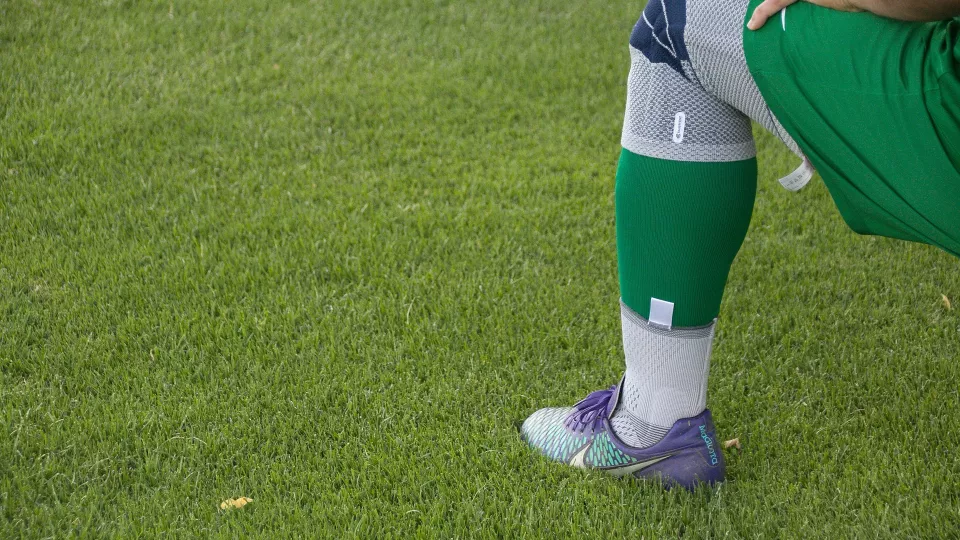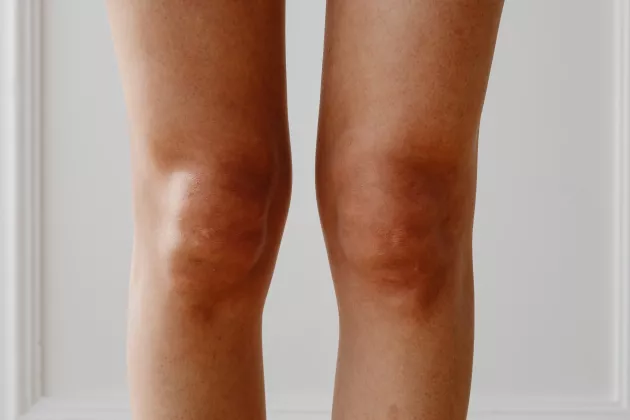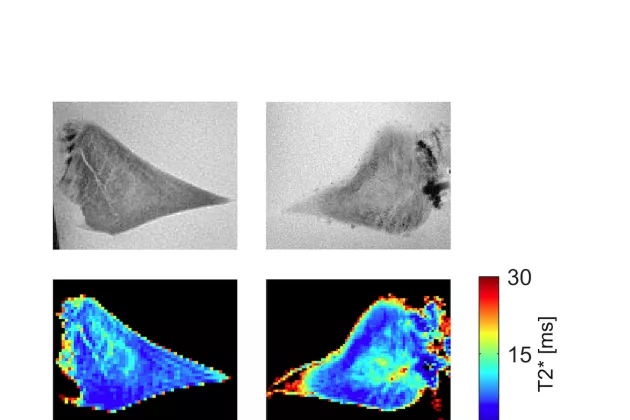The anterior cruciate ligament (ACL), is the main stabilising ligament in the knee. Rupture of the ACL is most common in young, active individuals, and can have devastating impacts. The most common treatment is ACL reconstruction, which is based on the assumption that a ruptured ACL will not heal naturally. ACL reconstruction involves the removal of the torn ACL and replacing it with tissue (typically from the patient’s hamstring or patella tendon), in an attempt to replicate the native ACL.
A recent study published in the British Journal of Sports Medicine, challenged the common assumption that an ACL injury cannot heal. The study analysed data from the KANON randomised controlled trial, the first to randomise people with ACL rupture to management with early ACL reconstruction, or rehabilitation and optional delayed surgery.
They found 53 percent of young adults whose ACL rupture was managed with rehabilitation only, (who did not decide to have surgery) had a healed ACL on MRI at two-year follow-up. Signs of ACL healing on MRI were visible as early as three months after injury.
Participants in the healed ACL group reported better sport and recreational function and quality of life 2 years after injury, compared to the non-healed, early reconstructed and delayed reconstructed groups. A high proportion (63-94%) of participants with ACL healing on MRI were likely to feel satisfied with their level of knee pain, symptoms, function, and quality of life, compared to 29-61% in the non-healed or reconstructed groups.
Interestingly, very few people who decided to have delayed surgery had a healed ACL on 3-month MRI. No one in the study was aware of the healing status of their ACL, so this did not influence their decision to have surgery. This suggests the healing status of the ACL may be important in determining who will have a successful outcome following rehabilitation.
If further research supports these findings, the objectives of ACL injury treatment may change to include facilitation of ACL healing.
The full paper can be accessed on British Journal of Sports Medicine’s webpage, this page will open in a new window.
If you would like to read more about ACL injury please see our page about it. The page will open in a new window.




